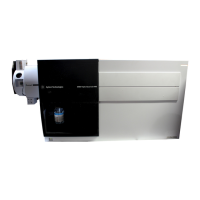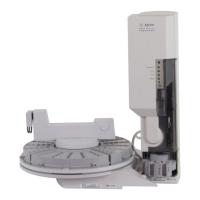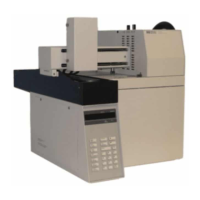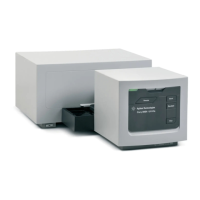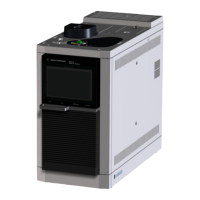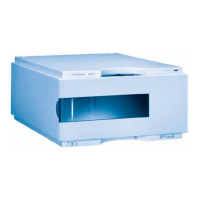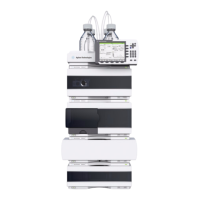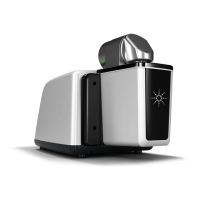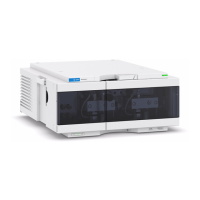ENGLISH
Mobile Phase Selection and Operating
Temperatures
The bonded stationary phase is nonpolar in nature and is best used
with polar mobile phases, such as methanol/water or acetonitrile/water
mixtures. Increasing the amount of organic component reduces the
retention time of the sample.
When the maximum temperature is used for prolonged periods this will
reduce column lifetime.
Using 100% aqueous eluents with PLRP-S columns will significantly
reduce the column lifetime and may result in a rapid deterioration in peak
width and symmetry.
Recommended Starting Gradients
Separations of biological molecules typically use gradient conditions –
increasing the amount of the organic component to achieve elution from
the column. Separations of peptides, polypeptides, and proteins, are most
commonly carried out using acidic eluents with trifluoroacetic acid (TFA)
or formic acid (FA) used as the modifier for pH control and/or as an
ion-pairing additive to achieve the desired retention and selectivity.
Organics, such as acetonitrile, methanol, and ethanol, are used for
elution, with acetonitrile being the most commonly used.
Additional information on peptide separations can be found in chapter 11, pages
497-508, Introduction to Modern Liquid Chromotography, Second Edition. L.R.
Snyder and J. J. Kirkland, (John Wiley & Sons, 1979).

